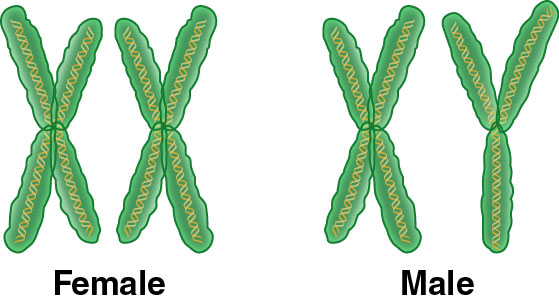10.1

After a long day of classes, studying and socializing, you are thrilled to see a text message from your cousin Jordan, whom you haven’t heard from in a bit. You’re glad to have this break. Click the Read Text Message button to read Jordan’s message.
Bem, S.L. (1975).The measurement of psychological androgyny. Journal of Consulting and Clinical Psychology, 42(2), 155–162.
Blakemore, J. E. O., Berenbaum, S. A., and Liben, L. S., (2009). Gender Development. New York: Psychology Press.
Data About Male Teachers (2007). Retrieved from
http://www.menteach.org/resources/data_about_men_teachers
Huhman, H. (2012) STEM Field and the Gender Gap: Where are the Women? Forbes. Retrieved from http://www.forbes.com/sites/work-in-progress/2012/06/20/stem-fields-and-the-gender-gap-where-are-the-women/#2e4e83a033a9
Women in STEM: Science, Technology, Engineering and Math (2016) Retrieved from https://www.careerwise.mnscu.edu/careers/womenstem.html).
Sifferlin, A. (2015). Women earn 24% less than men on average, UN Report Finds. Time.com, N,pg
Witt, S. D. (1997). Parental influence on children’s socialization to gender roles. Adolescence, 32,(126), 253–259.
Wulff, M. B., and Steitz, J. A. (1999). A path model of the relationship between career indecision, androgyny, self-efficacy, and self-esteem. Perceptual and Motor Skills, 88, 935–940.











